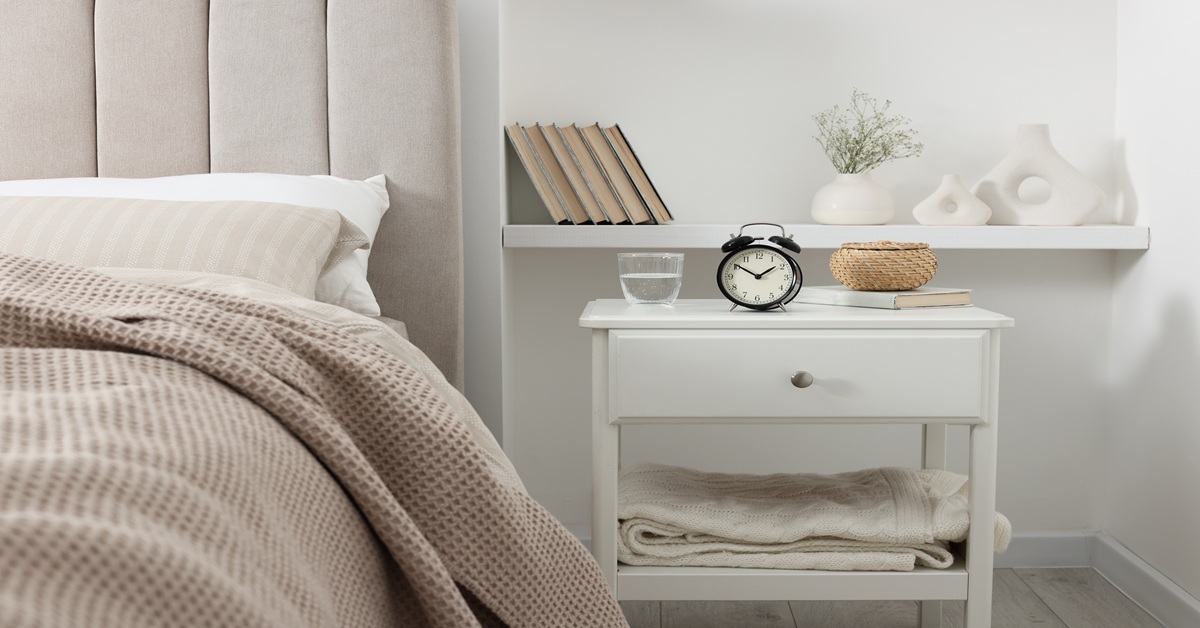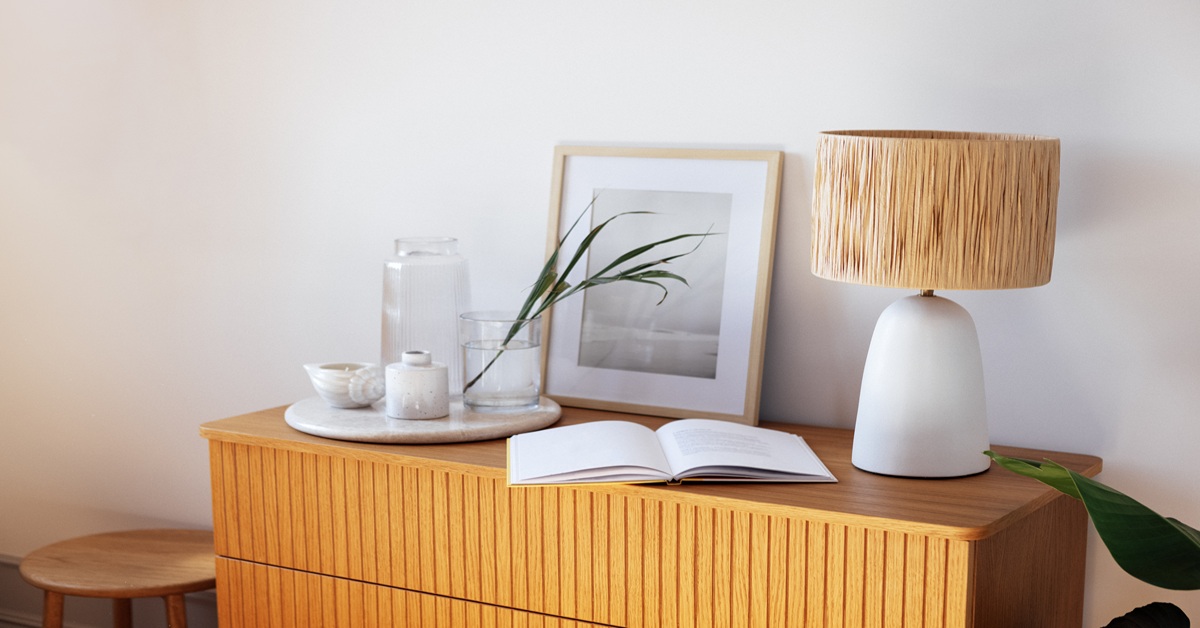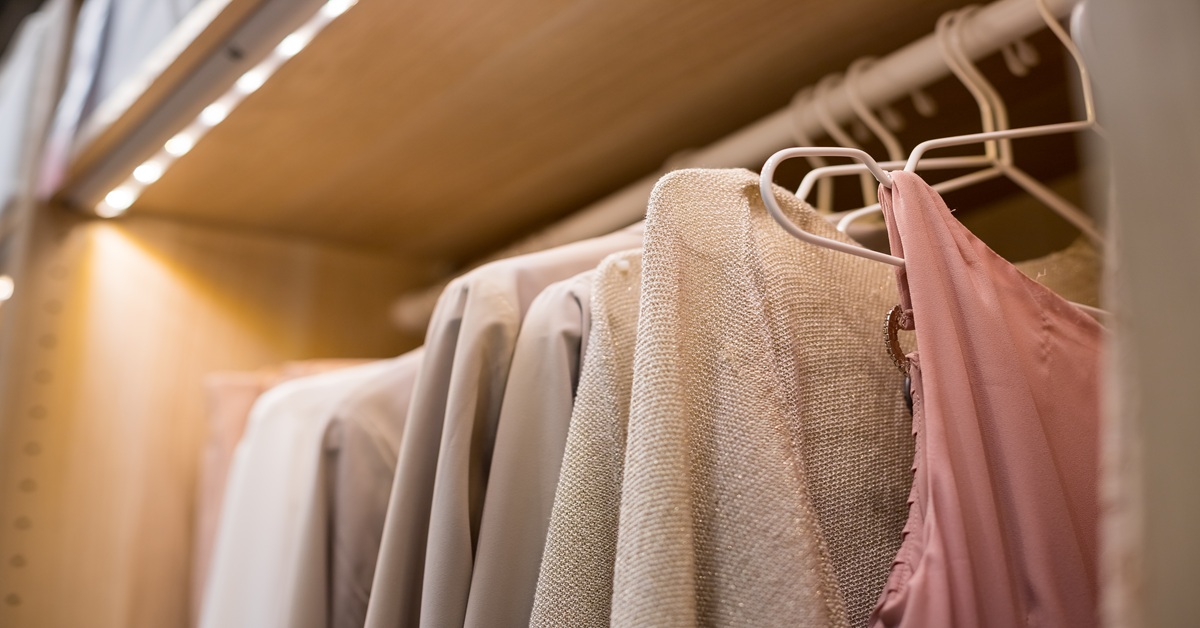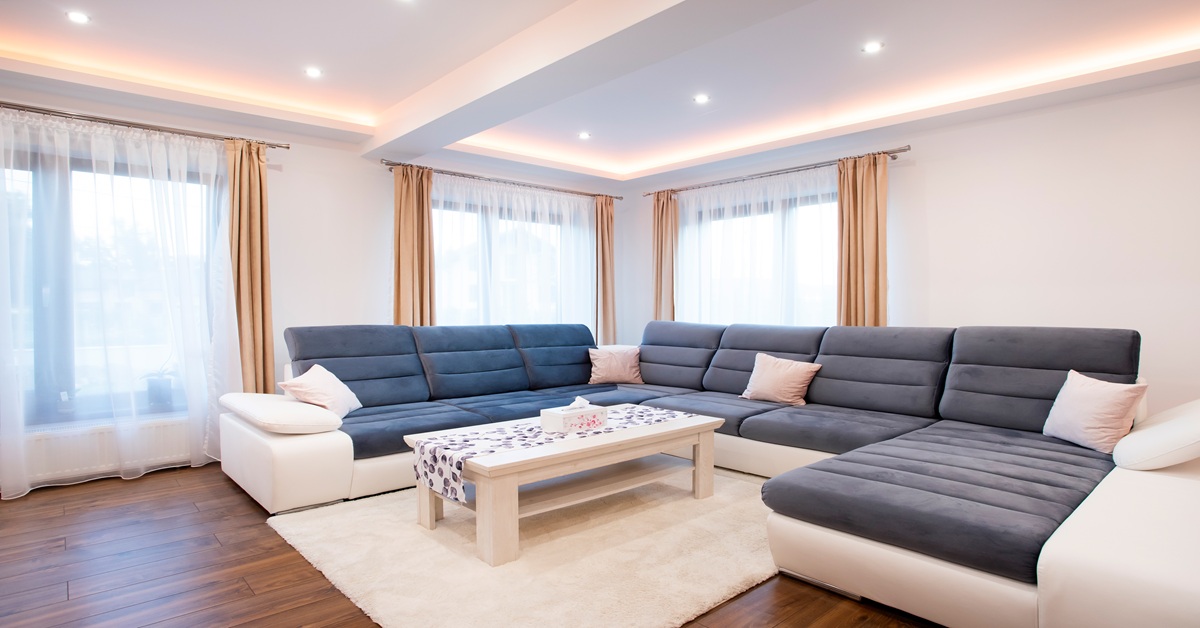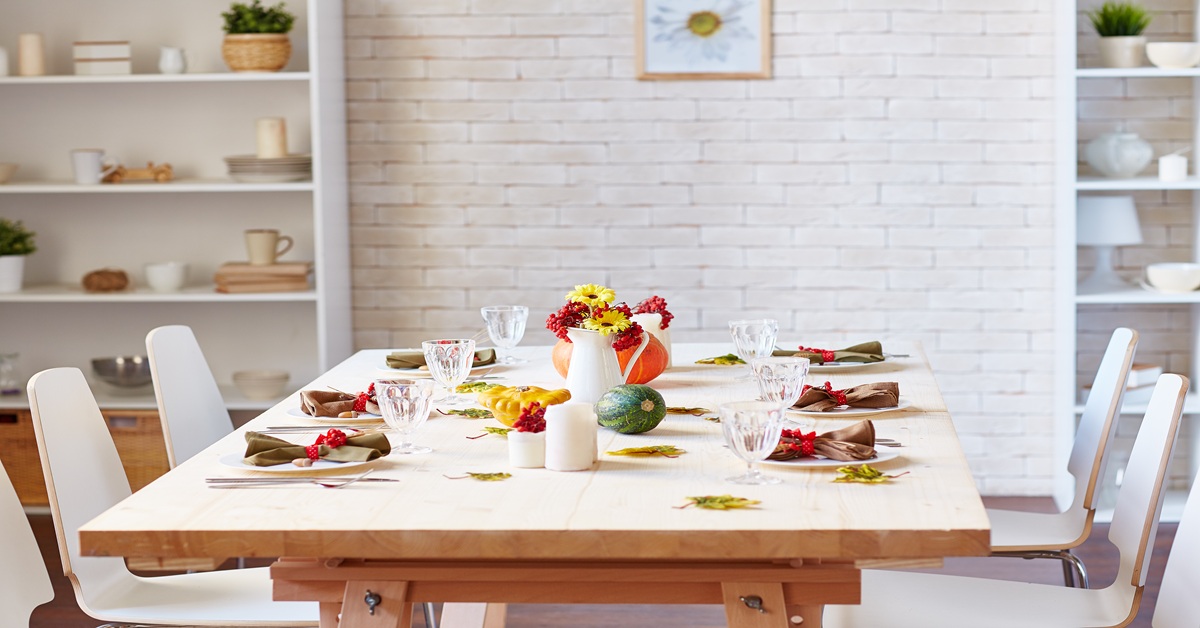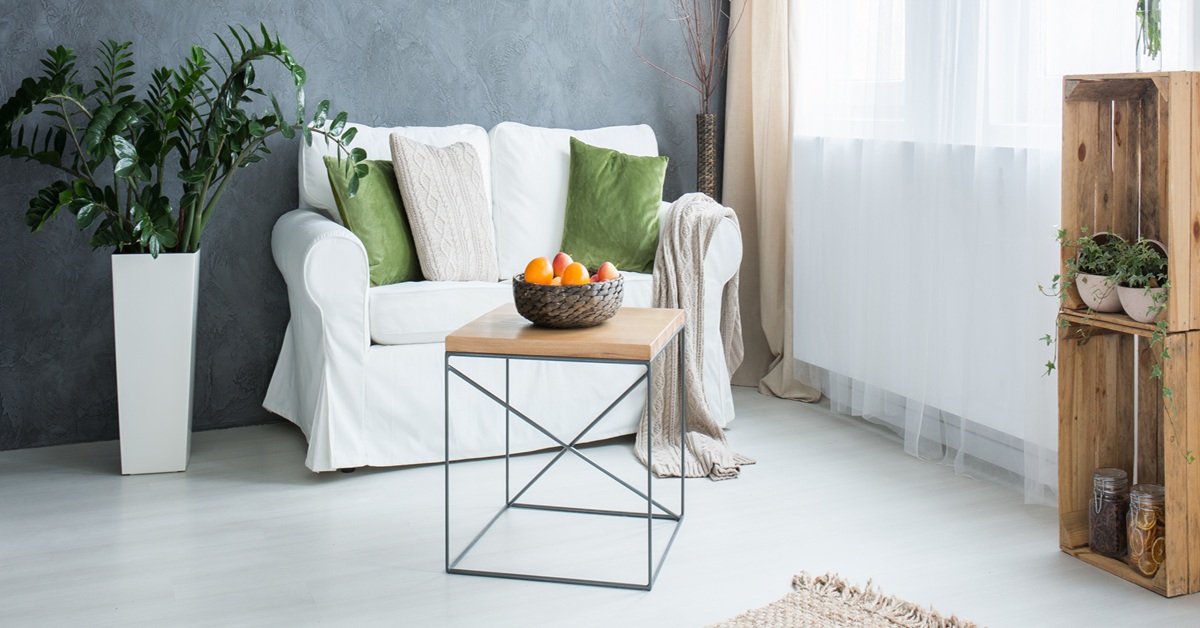

Introduction
Everyone, from professional woodworkers to people who like to undertake their own tasks, will enjoy building a table. Real wood used to be the most frequent material for tables, but nowadays plywood is more popular because it is cheaper, more stable, and more flexible. It’s an excellent choice for many different sorts of tables, from modern dining tables to rustic coffee tables, because of how it was made. But not all kinds of plywood are the same. Choosing the proper option is vital to make sure your table looks excellent and lasts a long time.
Table of Contents
ToggleWhat Makes Plywood an Ideal Material for Tables?
- A solid wood table top can bend, cup, or split as the temperature and humidity vary. This is because wood expands and shrinks. The cross-grain nature of plywood, where each layer is glued together with its grain travelling across from the one before it, makes this movement less obvious. So, the top of your table will stay precisely flat, which is very crucial for a surface that needs to be level.
- Plywood is surprisingly powerful for how light it is, which makes it the best strength-to-weight ratio. It is incredibly strong against pressure because it is built of layers. This makes it suitable for a table top that is used every day. Top brands like Wigwam use strong glues that hold the veneers together better than the wood itself. This makes a panel that can hold up heavy goods without bending or sagging.
- Solid hardwood is a high-quality material that costs a lot. Plywood, on the other hand, is significantly cheaper since it uses wood layers from different kinds of trees. You may have the look of pricey solid wood for a lot less money if you buy a nice board with a lovely face veneer.
- Plywood is a very versatile material that can be utilised for any design because it has a flat surface and is easy to work with. It is easy to carve into elaborate shapes, route with complicated designs, or bend to make tables that are curved. The smooth, void-free surface of calibrated plywood is suitable for many types of treatments, such as paints, laminates, and veneers.
Explore different types of plywood to find the perfect match for dining tables, coffee tables, or study desks.
Understanding the Different Types of Plywood
- Moisture Resistant (MR) Grade Plywood: This kind of plywood is perfect for building tables that will be utilised in dry environments like bedrooms or living rooms. Some people also call it “commercial plywood”. It is made with a urea-formaldehyde resin that makes it resistant to humidity but not to water. Because of this, it is an inexpensive choice for coffee tables, side tables, or study desks that won’t get wet or have things spilt on them.
- Boiling Water Proof (BWP) Plywood: If you have tables that will get wet a lot, like kitchen islands, eating tables or bar tables at home, BWP plywood is a much better alternative. This kind of board is glued together with a waterproof phenol-formaldehyde adhesive that can handle 72 hours of boiling water. This superior glue stops the veneers from breaking apart, even in a humid climate.
- Marine Grade Plywood: This is the most water-resistant type of plywood you can get. It is the greatest choice for tables that will be used in regions that are often damp, such as a restroom or a covered outdoor area. This is also the perfect material for tables in cafes and restaurants because spills are often there.
- Calibrated Plywood: This isn’t a grade; it’s a way to make sure that every sheet of plywood is the same width. This is an important aspect of a table top because it keeps the surface smooth and level. Getting flawless joints and a finish that looks like it was done by a specialist is also easier with a measured plywood sheet.
The Importance of Density, Grade, and Finish
- Density informs you right away how strong and long-lasting a plywood sheet is. A hardwood core that is tighter and has fewer holes makes dense plywood, which has a density of more than 700 kg/m³. The core is sturdy because it has a lot of density. This means that screws and other fasteners will stay in place and not break when they contact something.
- The grade of a plywood sheet shows you how good the front and rear panels are. A letter (such as A, B, or C) or a number (1, 2, or 3) usually shows the grade. Use A- or AA-grade wood for the top of a table that people will see. It should not have any knots, patches, or other faults.
- The thickness of the plywood is very significant for a table top since it influences how sturdy it is and how much weight it can hold. An 18mm or 19mm thickness is usually acceptable for a dining table. For a coffee table or side table, a width of 12mm or 16mm is usually enough.
- Wigwam takes all of these aspects into account while creating plywood that is excellent for making tables. Our products, like the Wigwam BWP, include a waterproof adhesive and a high-density hardwood core. They are also calibrated on both sides to make sure they are the same thickness.
Build durable and stylish tables with plywood that resists warping, stays flat, and delivers long-lasting strength.
Building a Durable Table with the Right Plywood
- Laminating the board is the finest approach to creating a beautiful finish. This will help the table top last a long time and need very little care. High-pressure laminate comes in a lot of different colours and shapes. Its surface is durable, scratch-resistant, and easy to clean.
- A solid wood edge band is a terrific method to protect the edges of a plywood table and make it look more expensive. A good edge band hides the plywood’s layered core, making the table look like it was created from one complete piece of wood.
- Good frame and support: Plywood is quite robust, but a table, especially a big one, needs a good frame and support. If the frame of the table is built of robust metal or wood, it won’t slump in the middle.
- Using the right fasteners and adhesives is crucial when creating a table out of plywood. Using both screws and wood glue is the best way to make joins. When creating a table top, using screws meant for plywood will keep the wood from splitting or cracking.
Conclusion
Making a table is an art, and the right material can make a big impact. There are a lot of choices out there, but plywood is the finest material for making tables since it is robust, solid, and can be used in a lot of different ways. If you know about the many kinds of plywood, their grades, and how density matters, you can pick the correct sheet for your work. The best method to make a beautiful piece of furniture that will last a lifetime is to use a brand of high-quality plywood that you can trust, like Wigwam. This is true for both modern, sleek dining tables and rustic coffee tables.
Choose WigwamPly’s plywood with calibrated thickness and high-density cores to craft tables that last a lifetime.
FAQ’s
- Why is plywood better than solid wood for tables?
Plywood resists warping, is lighter, more affordable, and has a stable, flat surface compared to solid wood. - Which plywood is best for dining or kitchen tables?
BWP or Marine grade plywood is ideal since it withstands spills, moisture, and daily use. - What thickness of plywood is recommended for table tops?
18mm or 19mm for dining tables, while 12mm or 16mm works well for coffee and side tables. - How does calibrated plywood help in table making?
It ensures uniform thickness, smooth joints, and a perfectly level surface for a professional finish. - How can I make a plywood table more durable?
Use laminates for protection, add solid wood edge bands, build a strong frame, and use proper screws and glue.
